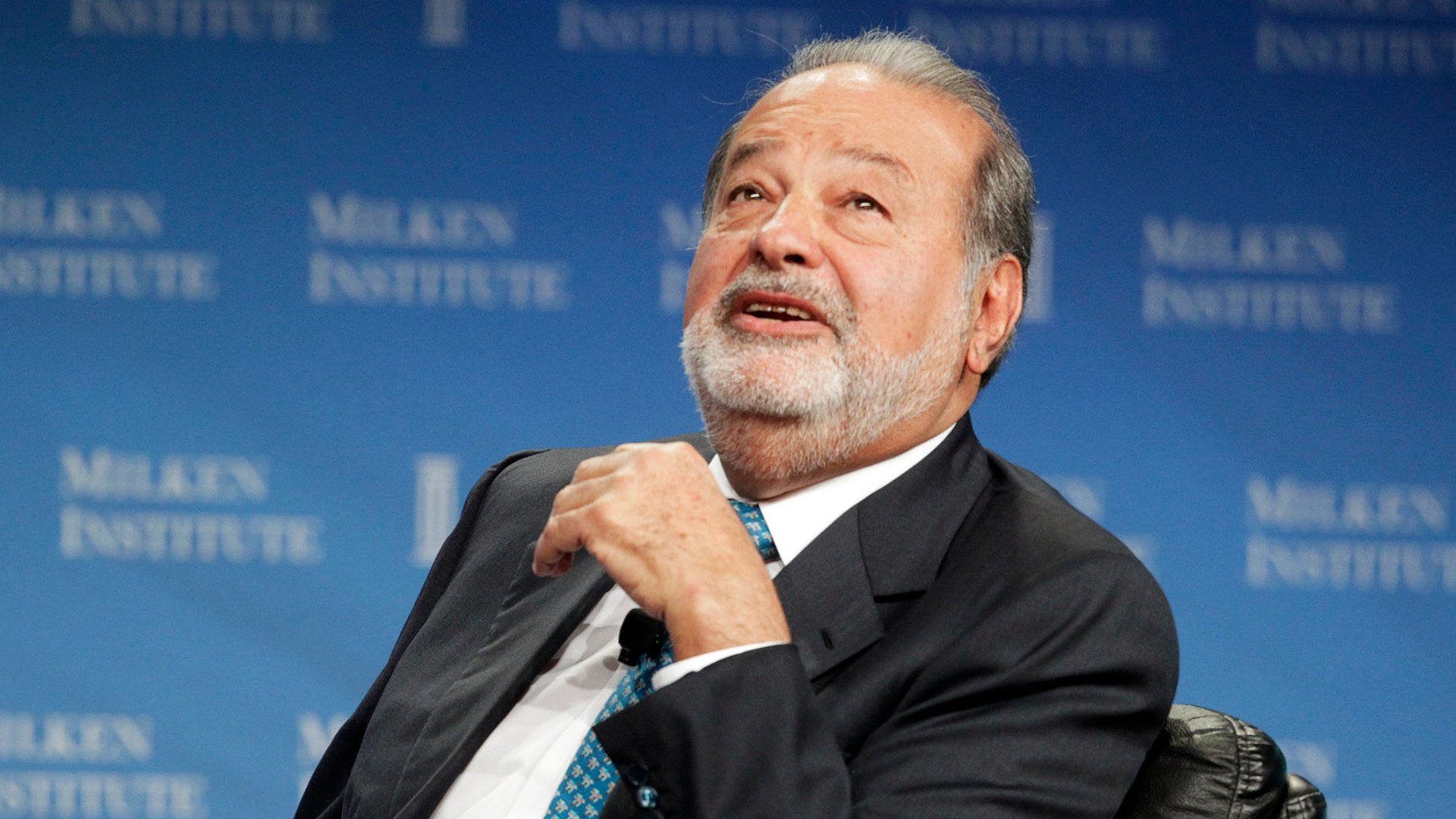Carlos Slim just bet $40 million on Shazam—more money than the app made last year
Forty million dollars may not be a lot of money to Carlos Slim, the world’s second-richest man (current net worth estimate: $66.3 billion), but his investment in the British app start-up Shazam is novel for several reasons. First, while Slim first made his fortune in the Mexican mobile phone business, he has holdings in lots of industries and companies: Saks, The New York Times, Caixabank, as well as mining and construction firms. But he is not known for investing in start-ups. Second of all, Slim generally does not invest in Europe: some holdings in Dutch and Austrian phone companies didn’t work out so well for him, notes Reuters’s Sarah Young. ”He is nursing huge paper losses after their shares declined sharply in the past year.” So this, a non-telecom, non-Mexican investment, seems like a bit of a departure from Slim’s milieu. But, if you think about it a littler harder, it makes some sense.


Forty million dollars may not be a lot of money to Carlos Slim, the world’s second-richest man (current net worth estimate: $66.3 billion), but his investment in the British app start-up Shazam is novel for several reasons. First, while Slim first made his fortune in the Mexican mobile phone business, he has holdings in lots of industries and companies: Saks, The New York Times, Caixabank, as well as mining and construction firms. But he is not known for investing in start-ups. Second of all, Slim generally does not invest in Europe: some holdings in Dutch and Austrian phone companies didn’t work out so well for him, notes Reuters’s Sarah Young. ”He is nursing huge paper losses after their shares declined sharply in the past year.” So this, a non-telecom, non-Mexican investment, seems like a bit of a departure from Slim’s milieu. But, if you think about it a littler harder, it makes some sense.
Shazam Is Making Money. Unlike a lot of other start-ups these days Shazam can boast both user and revenue growth, its chariman Andrew Fisher told The Guardian’s Stuart Dredge. Launched originally in 2002 as a way for people to get the name of the song they were listening to, the app’s biggest business is connecting viewers of TV advertising with more information. “The impetus for this round was that the business was growing so quickly: faster than it’s ever grown before. But revenues are growing very quickly too, so a lot of this growth is being funded organically.” The identification app reached $32.5 million in revenues last year, as of June, reported the Financial Times‘s Henry Mance, and is aiming to hit $1 billion by early 2014. It’s not exactly a terrible idea to put in some money to a company gearing up for a big public offering some time in the near future.
That Money Could Come Back to Slim as Soon as Next Year. Slim is 73 years old—he needs a return on investment sooner rather than later. Lucky for him, Shazam has a stated IPO goal for soon. Probably not in 2013, but as soon as 2014. If all goes well, Slim could get a nice return on investment within a year.
Shazam Is a Phone App, after-all. Slim’s Latin American mobile empire isn’t such a terrible fit, since Shazam hopes to expand on smartphones, especially in Latin America. The hope is to preload the app onto phones there, according to TechCrunch’s Mike Butcher. Slim’s major holdings of American Movil—the largest Latin American mobile company—will surely easy that transition.
The Second Screen is the Future. The Slim dollars will help Shazam “accelerate” its expansion into the TV advertising business, reports Young. Slim, like many media companies, see that as the future of advertising. “He understands the opportunity of media engagement,” Fisher told Butcher. As of June, Shazam had worked alongside 250 television ads.
Advertisers Like Shazam’s Data. Its pitch to advertisers involves a partnership with Nielsen to create the “Shazam Engagement Rate,” which will show how many people see an ad and then interact with it on Shazam. “By showing brands where they are seeing actual engagement—not just viewers, but people who are leaning in and asking for more information—Shazam is able to provide an entirely new service to advertisers: measurement and accountability on how effectively an ad campaign connects with the target audience,” Shazam CEO Rich Riley told The Guaridan back in June. As we’ve seen with Facebook, brands value knowing if and how their forays are working.